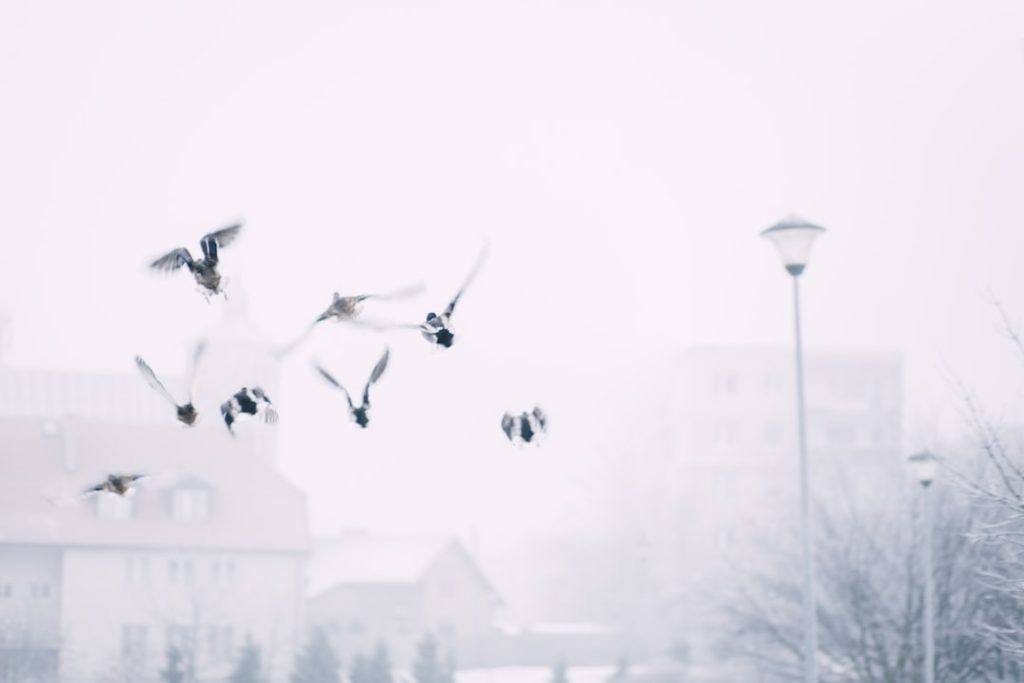White duck breeds are a popular choice for many farmers and homesteaders due to their striking appearance and practical uses. These breeds are known for their beautiful white feathers, which make them stand out in any flock. White ducks are also valued for their meat and egg production, making them a versatile addition to any farm or backyard. In this article, we will explore the characteristics, popular breeds, care and maintenance, breeding and reproduction, and uses of white duck breeds. Whether you are a seasoned duck enthusiast or just starting out, there is much to learn and appreciate about these stunning birds.
Table of Contents
Key Takeaways
- White duck breeds are popular for their unique appearance and gentle nature, making them a favorite among duck enthusiasts.
- White duck breeds are known for their distinctive white plumage, orange bills, and webbed feet, making them easily recognizable.
- Some popular white duck breeds include the Pekin, Aylesbury, and White Crested duck, each with its own unique characteristics and traits.
- Care and maintenance of white duck breeds involve providing a suitable living environment, proper nutrition, and regular health check-ups to ensure their well-being.
- Breeding and reproduction of white duck breeds require careful planning and monitoring to ensure the health and genetic diversity of the offspring.
Characteristics of White Duck Breeds
White duck breeds are known for their distinctive white plumage, which can range from pure white to a creamy off-white color. They often have bright orange bills and legs, which create a striking contrast against their snowy feathers. White ducks come in various sizes, with some breeds being smaller and more compact, while others are larger and more robust. They are generally hardy and adaptable birds, able to thrive in a range of climates and environments. White ducks are also known for their friendly and sociable nature, making them a popular choice for those looking for a companionable addition to their flock. In addition to their striking appearance and amiable disposition, white duck breeds are also valued for their egg and meat production. They are prolific layers, with some breeds laying up to 200 eggs per year. Their meat is also prized for its rich flavor and succulent texture, making white ducks a popular choice for those looking to raise their own meat.
Popular White Duck Breeds
There are several popular white duck breeds that are favored by farmers and homesteaders for their unique characteristics and practical uses. The Pekin duck is perhaps the most well-known white duck breed, valued for its large size, rapid growth rate, and excellent meat production. Pekin ducks are also prolific layers, making them a versatile choice for those looking to raise ducks for both eggs and meat. Another popular white duck breed is the White Crested duck, which is known for its distinctive crest of feathers on top of its head. This breed is prized for its ornamental value as well as its egg production. The Aylesbury duck is another popular white breed, valued for its large size and succulent meat. Aylesbury ducks are also known for their calm and friendly disposition, making them a popular choice for those looking for a companionable addition to their flock. Other popular white duck breeds include the White Campbell, the American Pekin, and the Welsh Harlequin, each with its own unique characteristics and uses.
Care and Maintenance of White Duck Breeds
Caring for white duck breeds requires attention to their specific needs in terms of housing, feeding, and general maintenance. These ducks thrive in a clean and secure environment with access to fresh water for swimming and drinking. Their housing should provide protection from predators and the elements while allowing for ample space to move around. White ducks are generally hardy birds but can be susceptible to certain health issues such as bumblefoot and respiratory infections, so regular health checks and proper nutrition are essential for their well-being. Feeding white ducks a balanced diet that includes commercial duck feed, fresh greens, and occasional treats will help ensure their overall health and productivity. Regular grooming and maintenance of their living quarters will also contribute to the well-being of white duck breeds.
Breeding and Reproduction of White Duck Breeds
Breeding white duck breeds can be a rewarding endeavor for those looking to expand their flock or raise ducks for specific purposes such as meat or egg production. When breeding white ducks, it is important to select healthy breeding stock with desirable traits such as good conformation, strong egg-laying ability, and overall vigor. Providing a suitable nesting area with clean bedding and privacy will encourage your ducks to lay eggs, which can then be incubated or left for natural brooding depending on your preferences. White ducks are generally good mothers and will diligently care for their young, but it is important to provide them with a safe and comfortable environment for raising their ducklings. Proper nutrition and access to clean water are essential during the breeding and reproduction process to ensure the health and vitality of both the breeding stock and their offspring.
Uses of White Duck Breeds

White duck breeds have a variety of practical uses that make them valuable additions to any farm or homestead. Their meat is prized for its rich flavor and succulent texture, making them a popular choice for those looking to raise their own meat. In addition to their meat production, white ducks are prolific layers, with some breeds laying up to 200 eggs per year. Their eggs are larger than chicken eggs and are prized for their rich flavor and nutritional value, making them a popular choice for baking and cooking. White ducks are also valued for their pest control abilities, as they are natural foragers and will eagerly consume insects, slugs, and other pests in the garden or on the farm. Their manure is also a valuable source of fertilizer for gardens and crops, making white ducks a practical and sustainable choice for those looking to integrate them into their farming practices.
Conclusion and Final Thoughts on White Duck Breeds
In conclusion, white duck breeds are valued for their striking appearance, practical uses, and friendly disposition. Whether you are looking to raise ducks for meat, eggs, pest control, or simply as companionable additions to your flock, there is much to appreciate about these stunning birds. Caring for white duck breeds requires attention to their specific needs in terms of housing, feeding, and general maintenance, but the rewards of raising these versatile birds are well worth the effort. Whether you are a seasoned duck enthusiast or just starting out, there is much to learn and appreciate about these stunning birds.
If you’re considering raising ducks alongside your chickens, you may also be interested in an article on Poultry Wizard about determining how many chickens you need for a family of four. Understanding the right number of birds for your household can help you plan your coop and yard space effectively. Check out the article here.
FAQs
What are some common white duck breeds?
Some common white duck breeds include the Pekin, the White Crested, the White Runner, and the Aylesbury.
What are the characteristics of white duck breeds?
White duck breeds typically have white feathers, orange bills, and orange legs. They are known for being good foragers and are often raised for meat production.
What are the uses of white duck breeds?
White duck breeds are commonly used for meat production, egg laying, and as ornamental birds in ponds and gardens. They are also sometimes used for pest control in agricultural settings.
How do you care for white duck breeds?
White duck breeds require access to water for swimming and foraging, a balanced diet of commercial feed and foraged plants, and protection from predators. They also need regular veterinary care to maintain their health.
Meet Walter, the feathered-friend fanatic of Florida! Nestled in the sunshine state, Walter struts through life with his feathered companions, clucking his way to happiness. With a coop that’s fancier than a five-star hotel, he’s the Don Juan of the chicken world. When he’s not teaching his hens to do the cha-cha, you’ll find him in a heated debate with his prized rooster, Sir Clucks-a-Lot. Walter’s poultry passion is no yolk; he’s the sunny-side-up guy you never knew you needed in your flock of friends!







